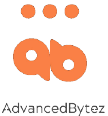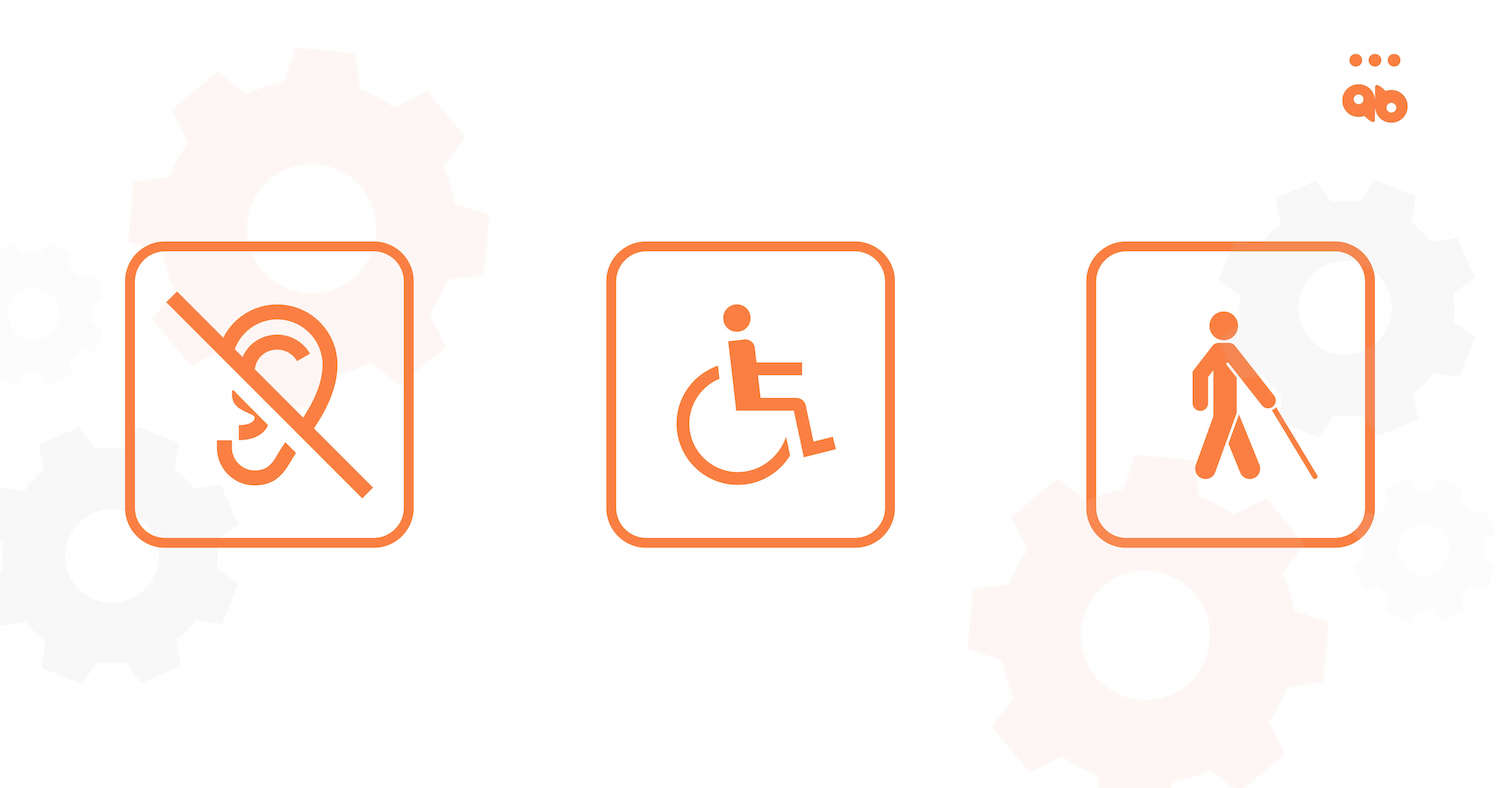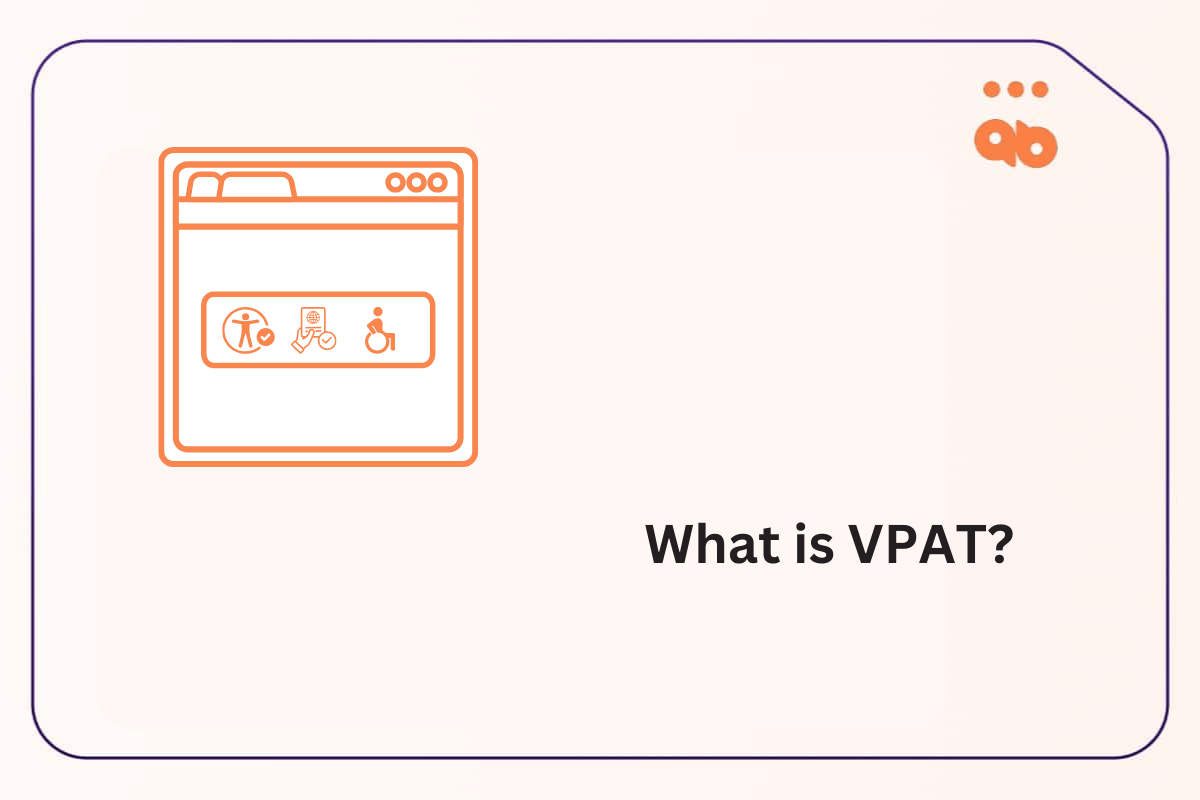The world of the web belongs to everyone. It doesn’t matter the geographic location you are coming from or the language you speak. What matters is that the vast world of the internet is equally accessible for everyone.
With web accessibility compliance, businesses confirm that their websites, apps, and digital solutions are easily accessible to differently-abled persons. This means optimizing a website so that people with poor vision, blindness, color blindness or any other situational barriers can access your website.
There are many web accessibility laws and standards that businesses should know about. The most common ones in the U.S. are ADA, WCAG and Section 508.
These laws ensure businesses make their digital information accessible for people with disabilities. Each of these compliance standards has its own set of rules and guidelines. In this blog, we will discuss what ADA, WCAG and Section 508 are and how they are different.
Table of Contents
What is 508, ADA and WCAG?
The ADA, WCAG and Section 508 have one common goal: to make electronic information accessible to everyone. Let us start by understanding the fundamental aspects of these compliance standards.
Overview and application of 508
Section 508 is part of the Rehabilitation Act of 1973 which was created to provide access to Information and Communication Technology for people with disabilities. According to Section 508, federal agencies and organizations that receive government funding should develop and make communications and information technologies accessible to people with disabilities.
The law requires that software, hardware and documents that government agencies use at a federal level be made accessible and available to users whether they work for the federal government or not.
Overview and application of ADA
The Americans with Disabilities Act (ADA) is a civil rights act that was passed in 1990. This civil rights law forbids discrimination of people with disabilities. The ADA accessibility compliance has a clear goal: to ensure that people with disabilities have the same opportunities as those without in jobs, schools, transportation, and in all spaces that are open to the public.
The ADA compliance is applicable in to:
- Education
- Transportation
- Employment
Since 2010 the ADA accessibility compliance covers electronic and information technology including websites.
Overview and application of WCAG
WCAG, or Web Content Accessibility Guidelines, are global recommendation for web accessibility. These guidelines were developed by the World Wide Web Consortium (W3C) through the Web Accessibility Initiative (WAI). The primary goal of WCAG is to make web content accessible for people with disabilities.
The guidelines are split into three different levels of conformance:
- Level A – This tier covers the fundamental web accessibility features. It is the bare minimum one can do to achieve compliance.
- Level AA – This accessibility tier builds on Level A. This level is the sweet spot most companies aim to meet compliance.
- Level AAA – When in doubt always aim for the highest level. This is the highest level of accessibility a website can achieve.
508 vs ADA vs WCAG – What are the Differences?
Now that you have a clear idea of ADA, WCAG, Section 508, let’s see how these accessibility compliance standards are different from each other.
Factor 1: Definition
ADA
The ADA a civil rights act that protects a disabled user from discrimination in different aspects of public and private life.
Section 508
It is a Federal law and is particularly applicable for Federal and public sector digital products and services that include software and hardware.
WCAG
Are a set of global standards set forth by the W3C which offer web accessibility best practice guidelines. The latest set of standards are WCAG 2.1, with WCAG 3.0 in the draft.
Factor 2: Who should focus on it?
ADA
The ADA guidelines are applicable to non-profits, state governments, businesses, and local governments.
Businesses should remember that ADA accessibility compliance is not only limited to their websites. Other business practices like hiring, and physical workplace accommodations of employees also fall under ADA accessibility compliance.
The ADA doesn’t have an accessibility standard for web compliance yet, and it is recommended to try and meet WCAG 2.1 Level AA conformance to reduce legal risk.
Section 508
Private contractors or organizations that bid for federal or government contracts should conform to Section 508.
Section 508 requires the use of WCAG 2.0 Level AA conformance. Seeing that WCAG 2.1 is in effect now, it is advisable to always meet the latest set of standards. WCAG 2.1 is backward compatible meaning any website that meets 2.1 regulations will also be compliant with 2.0.
WCAG
You must know that the W3C does not operate as a regulatory body and the WCAG are global best practices for web accessibility. However, it s important to know that most global web accessibility regulations are adapted on the WCAG for their local laws. If you are in doubt of which standards your business has to comply with, always try to meet the latest iteration of WCAG.
Factor 3: What if there is a non-compliance?
If your website is not compliant with any of these standards the most common consequences are fines along with legal exposure.
ADA
For first-time violations of ADA, the penalty can be between $55,000 to $75,000. Alternatively, for repeat violations, it could be as high as $150,000.
Sometimes website accessibility issues are unintentional. Small businesses must focus on ADA compliance even more as the financial burdens can affect them big time.
Section 508
Section 508 non-compliance also ranges between the $55,000 – $ 150,000 mark. An additional penalty for those organizations who receive Federal funds could involve losing that funding.
WCAG
Unlike ADA and Section 508, non-compliance with WCAG does not invite any penalty. However, businesses compliant with ADA and Section 508 should follow the WCAG guidelines to be up to date with the technical specifications.
Factor 4: How to make a website accessible?
ADA and Section 508
To build an ADA or Section 508 compliant website, organizations can do the following:
- Train in-house developers and designers on implementing WCAG guidelines in the website development. Try to augment the team with third party vendors with prior experience in accessible web designing.
- It can be difficult for small businesses with limited resources to build an in-house development team. In that case, it is smarter to hire external web development agencies offering web accessibility services.
Final Words
Small businesses can get overwhelmed with all these accessibility compliances. The key to success is taking small steps. A good start is to use automated accessibility tools to scan your website and assess where you stand. Our browser extension LERA does exactly this, providing downloadable reports along with recommendation on how to fix the issues.
Additionally, training and managing an in-house team on accessibility compliances can be difficult. It could be beneficial for businesses to hire an external agency to ease the pressure, allowing them to focus on their core business.





One response to “508, ADA, WCAG: What’s The Difference?”
I like the helpful info you provide in your articles. I’ll bookmark your blog and check again here frequently.
I’m quite certain I will learn lots of new stuff right here! Good luck for the next!